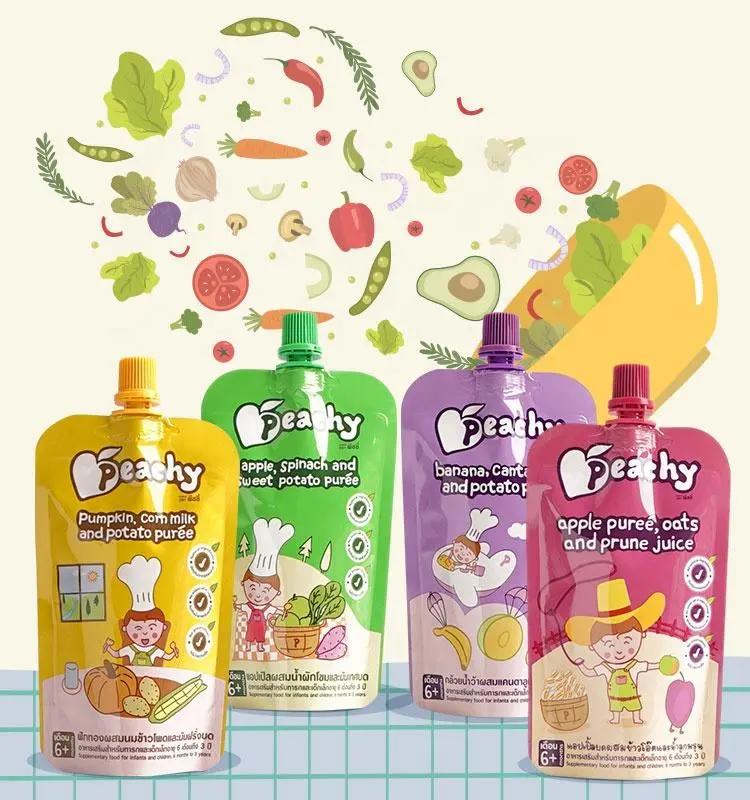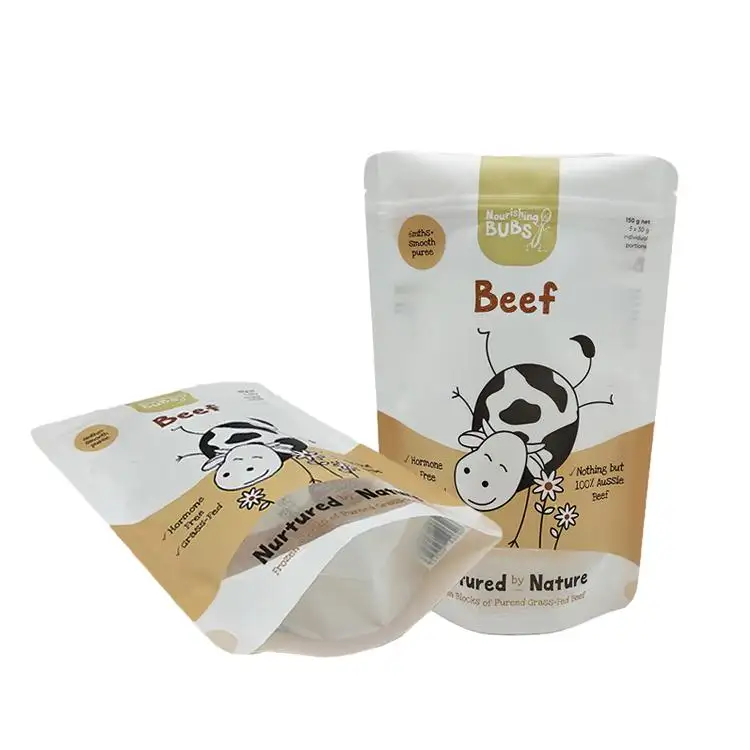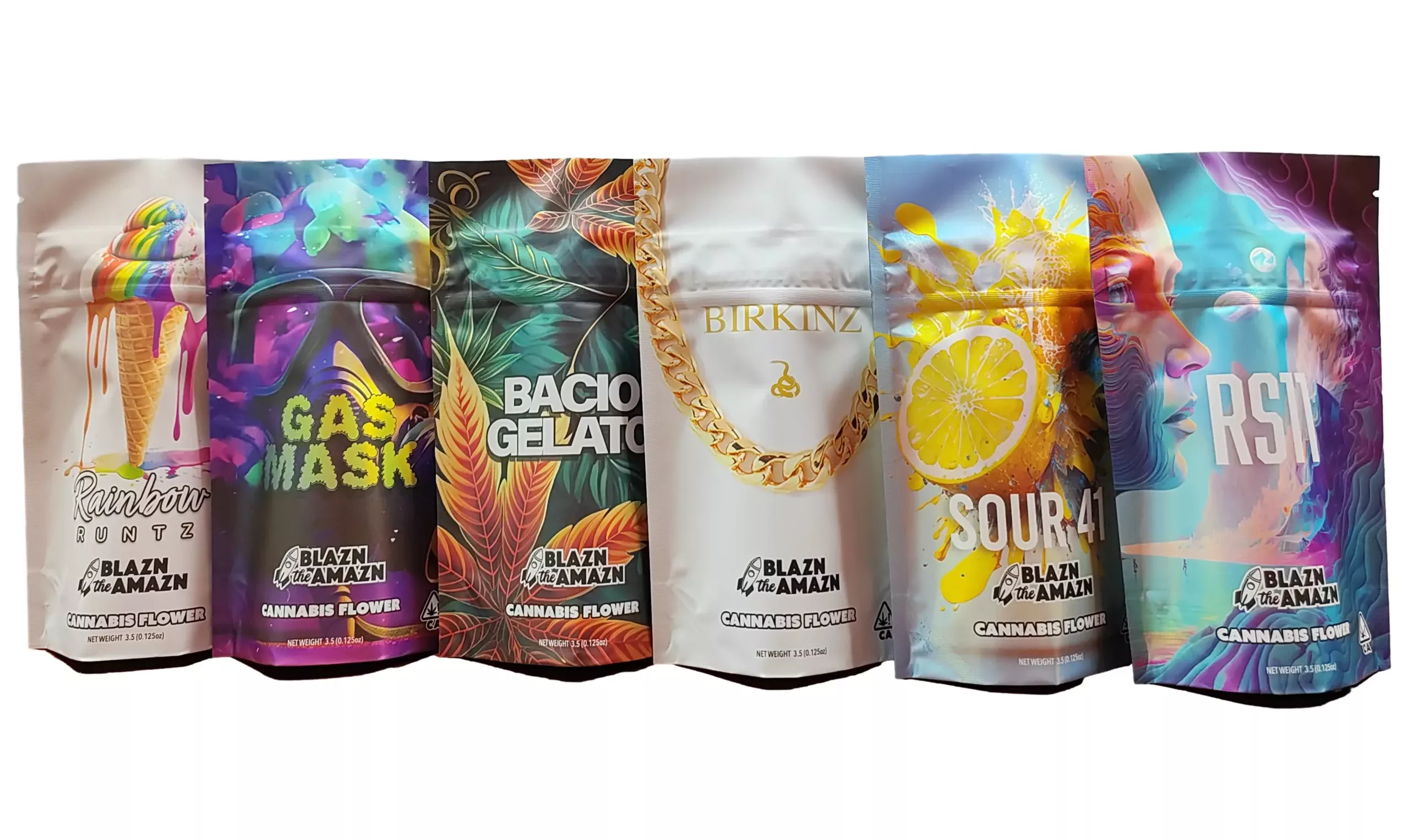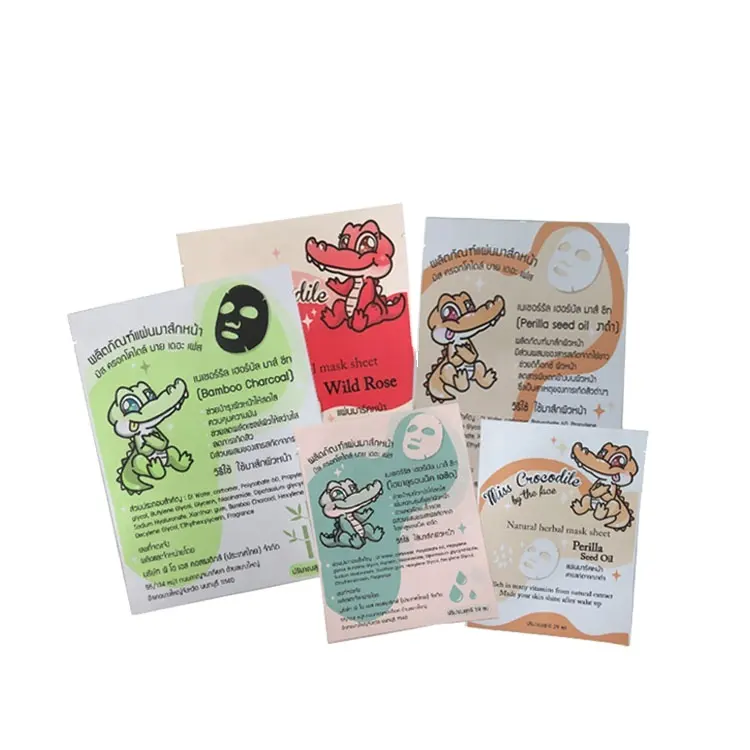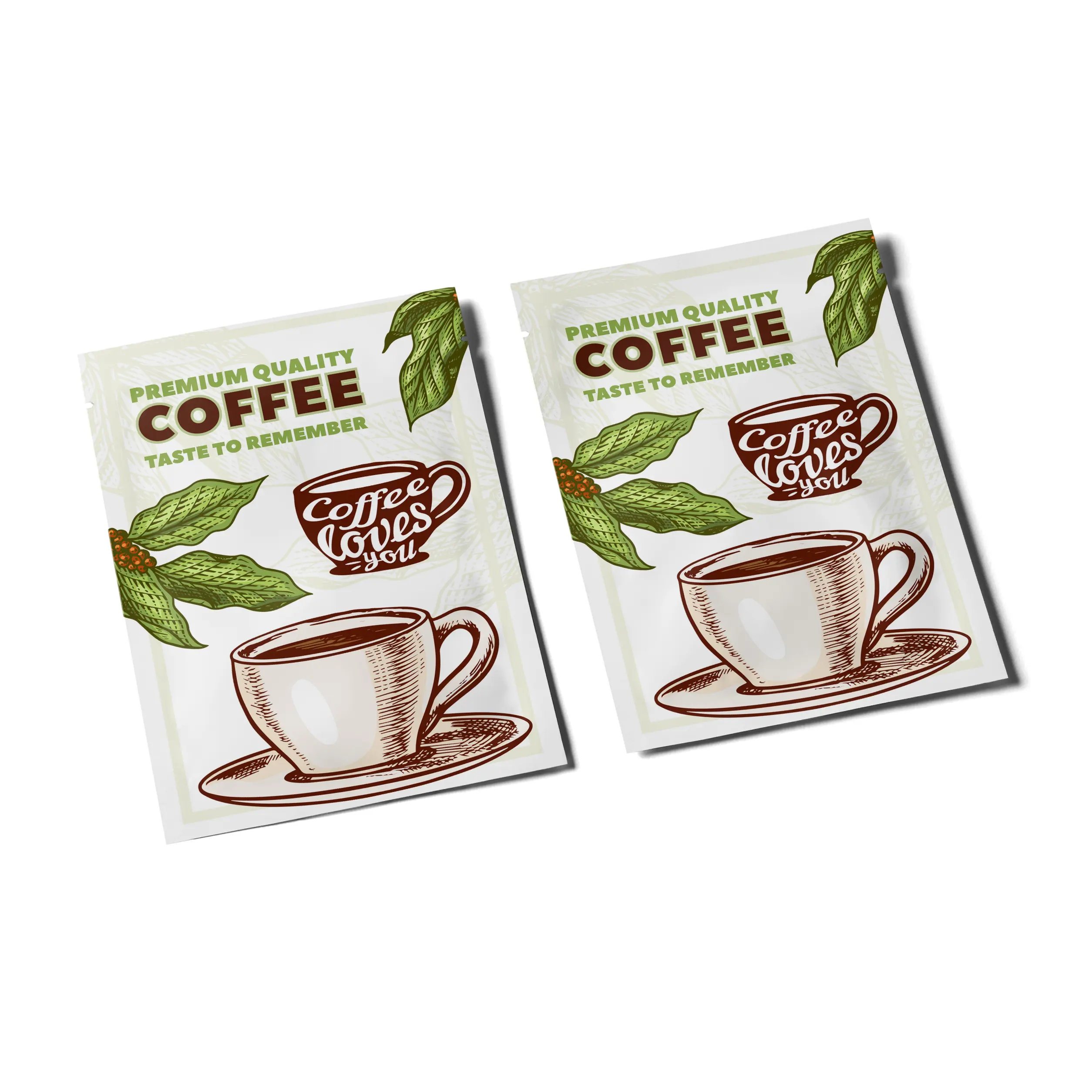In the world of packaging, seal packaging plays a crucial role in ensuring product safety, freshness, and longevity. Whether you’re in the food industry, pharmaceuticals, or consumer goods, understanding the ins and outs of seal packaging can enhance your brand’s reputation and protect your products. This guide will cover what seal packaging is, its benefits, types, and best practices to help you make informed choices for your packaging needs.
1. What is Seal Packaging?
Seal packaging refers to the method of sealing products to protect them from external factors such as air, moisture, contaminants, and light. Effective sealing helps maintain the integrity of the product and can extend its shelf life significantly. This type of packaging is vital for a wide range of products, including food items, electronics, medical supplies, and more.
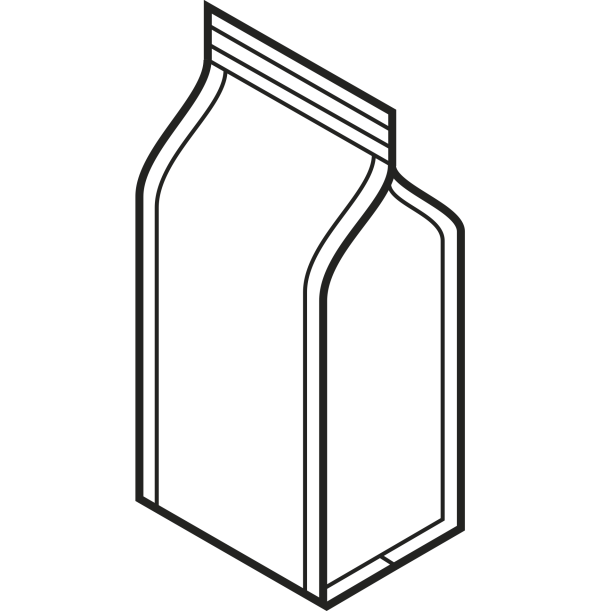
2. Benefits of Seal Packaging
- Preservation of Freshness: Proper sealing can keep products fresh for a longer period, especially in food packaging. This reduces food waste and enhances customer satisfaction.
- Protection Against Contaminants: Seal packaging safeguards products from dust, dirt, and other contaminants during storage and transportation.
- Extended Shelf Life: By preventing exposure to air and moisture, sealed products can maintain their quality over an extended period, reducing the need for preservatives.
- Enhanced Security: Tamper-proof seals can protect against tampering and ensure product authenticity, which is essential in industries like pharmaceuticals and cosmetics.
3. Types of Seal Packaging
- Heat Sealing: This method involves using heat to melt the edges of the packaging material, creating a secure bond. Heat sealing is common in flexible packaging for food products.
- Vacuum Sealing: In this process, air is removed from the package before sealing, creating a vacuum environment that inhibits spoilage. Vacuum sealing is popular for meats, cheeses, and dry foods.
- Cold Sealing: Unlike heat sealing, cold sealing uses pressure and adhesive to seal packaging. This method is useful for sensitive products that cannot withstand high temperatures.
- Aseptic Sealing: Aseptic packaging combines the sterilization of both the product and the packaging environment, ensuring that the contents remain uncontaminated. This method is common in dairy products and juice packaging.
4. Best Practices for Seal Packaging
- Choose the Right Materials: The choice of packaging material is crucial for effective sealing. Consider factors like barrier properties, durability, and compatibility with the sealing method.
- Conduct Seal Quality Tests: Regularly test the seal integrity to ensure that your packaging meets safety and quality standards. This can help prevent product spoilage or contamination.
- Follow Industry Standards: Adhering to industry guidelines and regulations can ensure that your seal packaging is safe and effective. Stay updated on any changes in packaging laws or safety requirements.
- Consider Sustainability: As consumers increasingly demand eco-friendly options, consider using recyclable or biodegradable materials for your seal packaging.
Conclusion
Seal packaging is essential for maintaining product quality, safety, and longevity across various industries. By understanding the different types of seal packaging and implementing best practices, you can enhance your product’s appeal and ensure customer satisfaction. At Colorful Packaging, we specialize in providing high-quality seal packaging solutions tailored to your specific needs.

